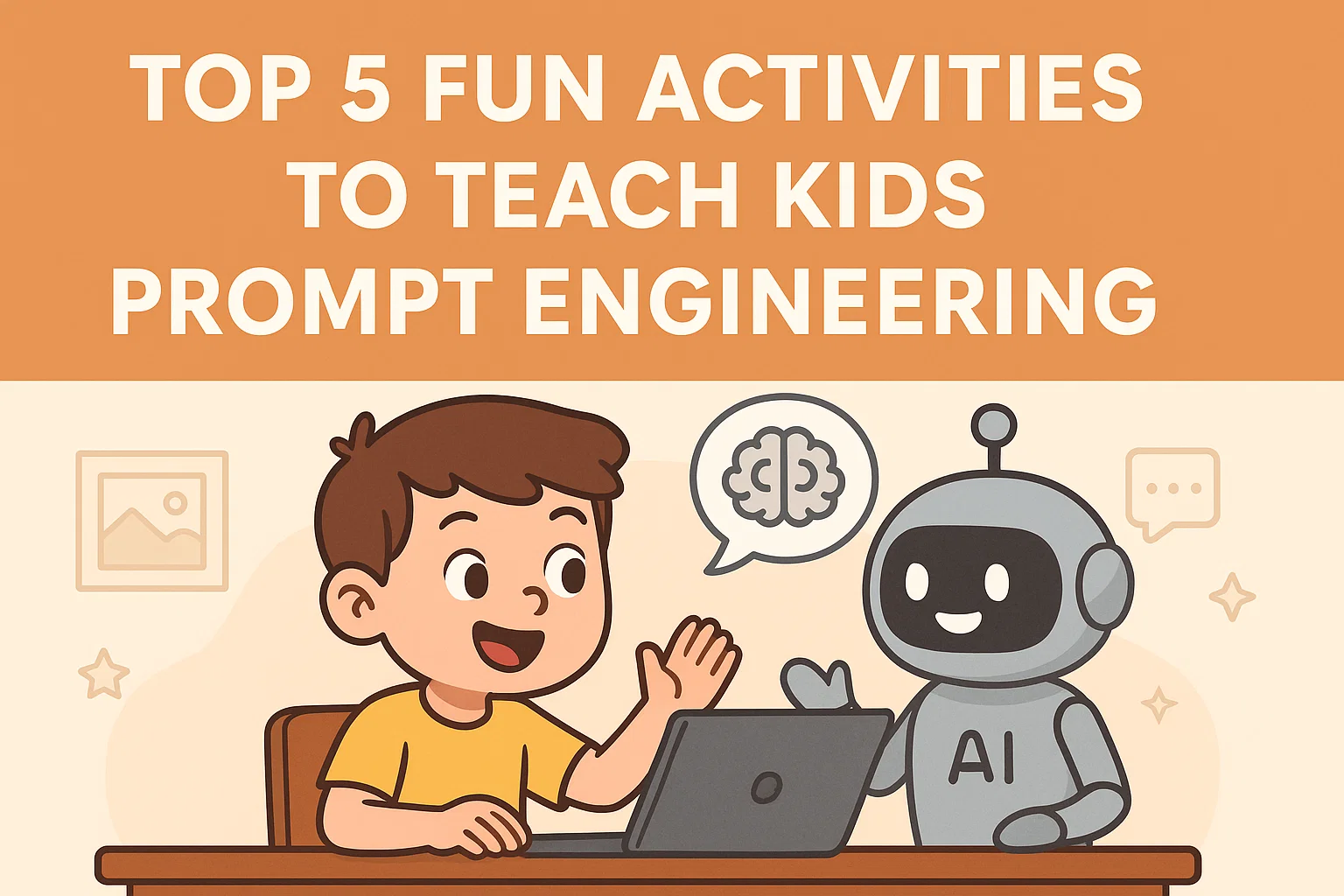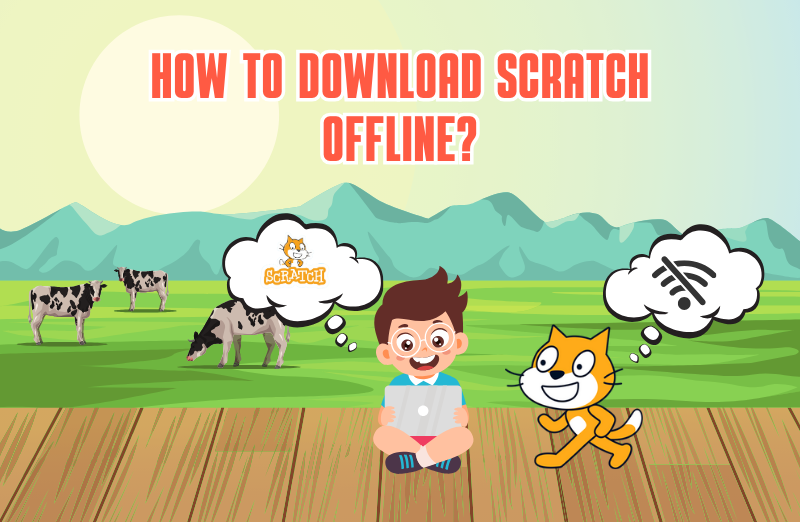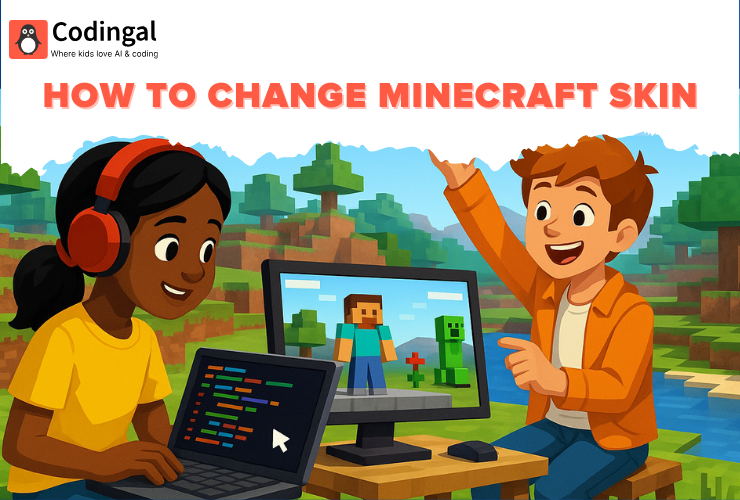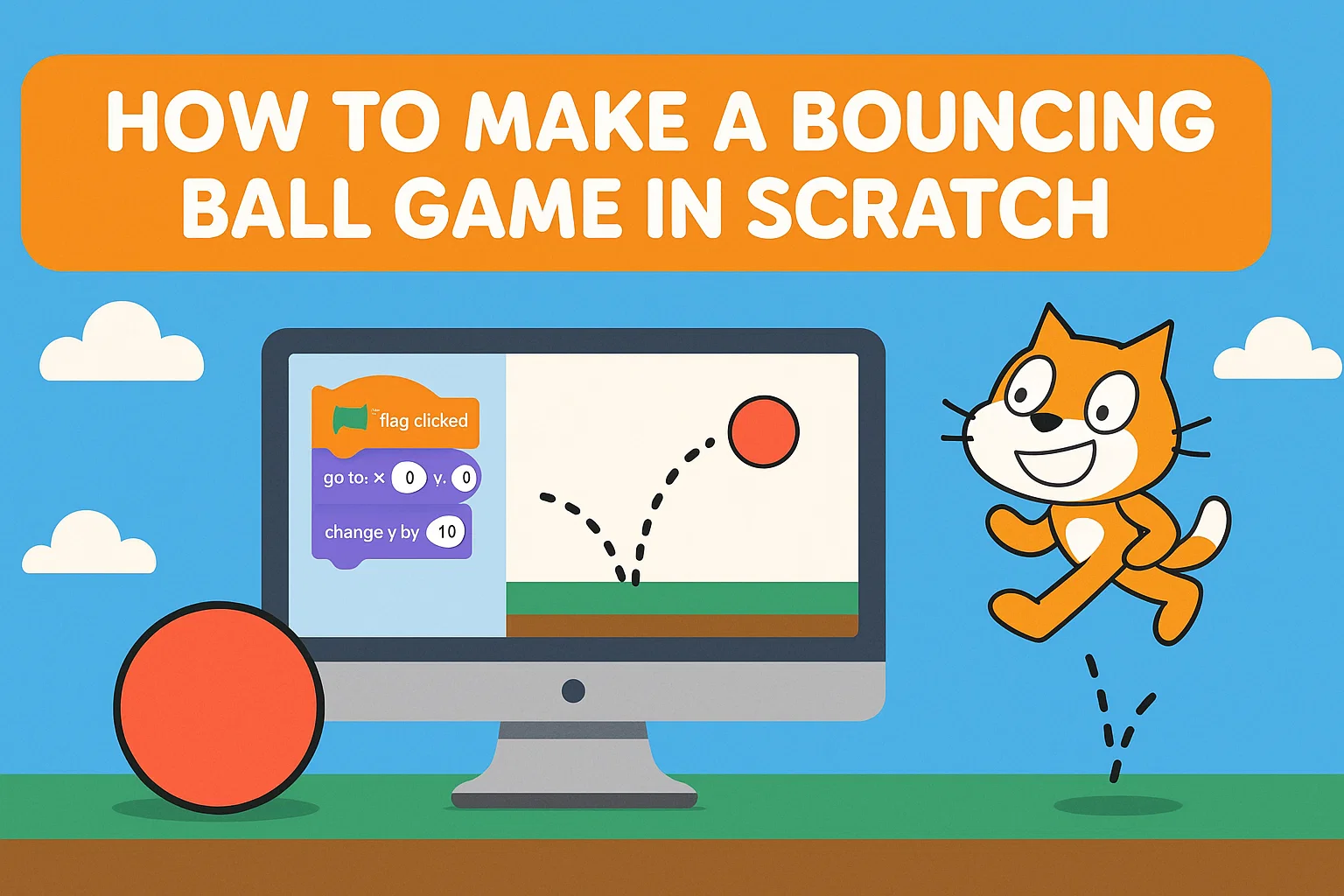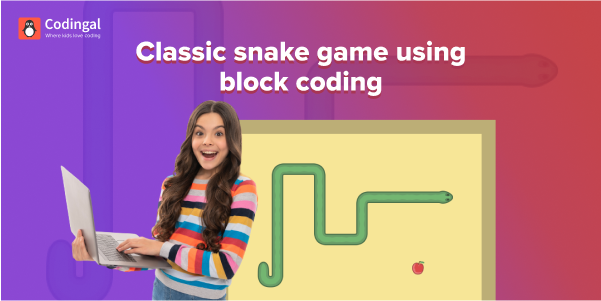Imagine if your child could chat with a computer that writes poems, paints pictures, builds games, and even helps with homework — all by just giving the right instructions! 🧠💬
Welcome to the world of Prompt Engineering — where words become the magic wand to control Artificial Intelligence (AI).
Prompt Engineering teaches kids how to communicate effectively with AI tools like ChatGPT, Gemini, or DALL·E. But here’s the best part — it’s not just about tech skills. It helps them think logically, write clearly, and explore creatively.
Let’s look at 5 fun and easy activities that can help your child master Prompt Engineering while having a blast! 🚀
🧩 1. AI Story Creator ✍️
Objective: Build creativity and learn the power of detailed prompts.
How It Works:
Ask your child to open a tool like ChatGPT and give it a storytelling prompt. For example:
“Write a funny story about a penguin who opens a coding school for polar bears.”
Now, encourage them to change parts of the prompt — maybe the character, setting, or tone — and see how the story changes.
For example:
- “Write a sad story about a penguin who misses coding.”

- “Write a sci-fi story about a penguin teaching robots how to code.”
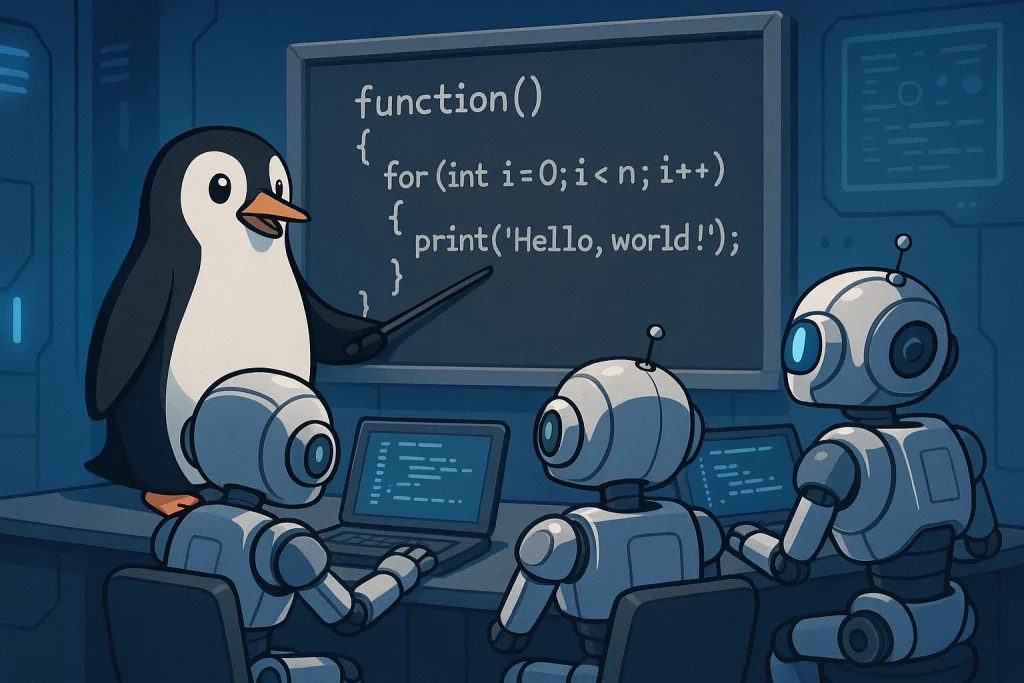
Each variation helps them observe how AI understands context, emotion, and creativity.
Skills Learned:
- Creative writing
- Contextual thinking
- Clarity in expression
💡 Pro Tip: Ask them to illustrate their story using DALL·E or Bing Image Creator with prompts like “a cartoon penguin teaching polar bears on laptops.”
🖼️ 2. AI Art Prompts: Draw with Your Words 🎨
Objective: Learn how descriptive prompts create specific visual outputs.
How AI art prompt Works?
Use a free image generator like Bing Image Creator or Craiyon and try prompts such as:
“Draw a robot playing guitar under the stars.”

“Create a futuristic classroom where kids learn coding from holograms.”
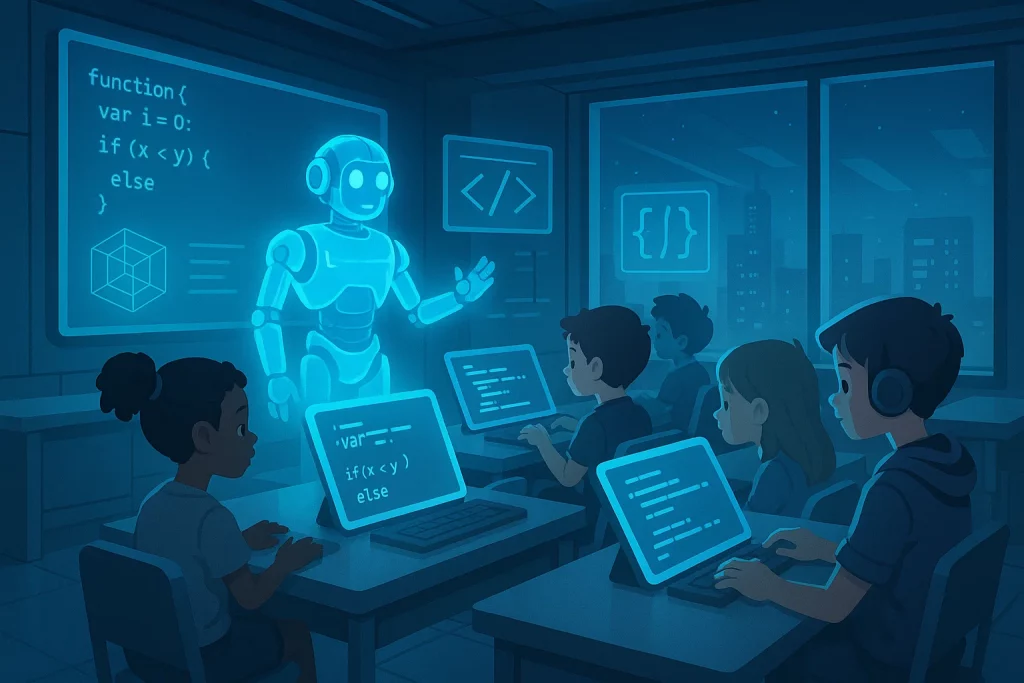
Then, tweak the prompt:
“Draw a robot playing electric guitar on Mars under a red sky.”

Watch how small details completely change the artwork!
Skills Learned:
- Observation and attention to detail
- Understanding how AI interprets language
- Creative visualization
💡 Pro Tip: Turn it into a Prompt Art Contest — each family member writes a prompt, and everyone votes on the most creative result!
🎮 3. AI Game Designer Challenge 🕹️
Objective: Combine prompt engineering with coding and game logic.
How It Works:
If your child loves games, this activity is perfect!
Open ChatGPT and prompt:
“Suggest a game idea for kids that involves collecting gems and avoiding obstacles.”
Then ask follow-up prompts:
- “Add levels to make it more challenging.”
- “Write a short story that goes with the game.”
- “Generate character names and abilities.”
Now, they can take these ideas to Scratch or Code.org Game Lab and start building their game.
Skills Learned:
- Logical thinking
- Coding fundamentals
- Problem-solving and iteration
💡 Pro Tip: Teach them that engineering better prompts = better game ideas. They’re not just coding — they’re designing with AI!
🧠 4. AI Quiz Master 🏆
Objective: Learn how structured prompts generate educational content.
How It Works:
Ask your child to prompt an AI to make a quiz:
“Create a 5-question quiz on planets for Grade 5 students.”
Then refine it:
“Make it multiple choice.”
“Add hints for each question.”
“Make it funny but still educational.”
Kids will realize that the more specific their prompts, the better their quizzes.
Skills Learned:
- Research and comprehension
- Precision in instructions
- Educational creativity
💡 Pro Tip: Have your child quiz YOU with the questions AI generated!
💬 5. Prompt Remix Challenge 🎭
Objective: Build adaptability and creative thinking.
How It Works:
This one’s all about prompt experimentation.
Give your child a base prompt, like:
“Write a short poem about a robot.”
Then challenge them to remix it using new styles or emotions:
- “Write it as a rap.”
- “Make it sound like Shakespeare.”
- “Write it in the form of a diary entry.”
Each new prompt helps kids see how tone, style, and structure can transform AI’s output.
Skills Learned:
- Language creativity
- Experimentation
- Understanding tone and style
💡 Pro Tip: Turn it into a family challenge where everyone writes a remix prompt and compares the results!
People Also Read: Using Prompts to Make Interactive Stories and Quizzes for Kids
🧭 Bonus Activity: AI Explorer Journal 📓
Encourage your child to keep an AI Explorer Journal where they write down the best prompts they’ve tried, what worked, and what didn’t.
This helps them reflect and improve, just like real prompt engineers do!
💻 How Codingal Makes Prompt Engineering Fun and Easy
At Codingal, we bring AI and creativity together!
Our Prompt Engineering for Kids course is designed for Grades 3–7 to make AI learning hands-on, engaging, and meaningful.
In live interactive sessions, kids learn to:
- 🧠 Understand how AI tools work
- ✏️ Write and refine prompts to get creative, high-quality responses
- 💻 Combine AI with Code.org Game Lab to build JavaScript-based projects
- 🤖 Explore ethical and responsible AI use
By the end, kids will have built their own AI chatbots, stories, games, and creative tools that are powered by the prompts they design!
🌈 Final Thoughts
Prompt engineering is more than a tech trend, it’s a creative superpower for kids growing up in an AI-driven world. At Codingal, we turn this superpower into a structured, fun, and meaningful learning journey.
Through engaging activities, kids learn to think clearly, write creatively, and use technology responsibly. Each prompt becomes a chance to explore, experiment, and express ideas, making learning both educational and exciting.
So next time your child talks to ChatGPT or DALL·E, remember they are not just playing with AI—they are learning to engineer the future, and platforms like Codingal are here to guide them every step of the way.
